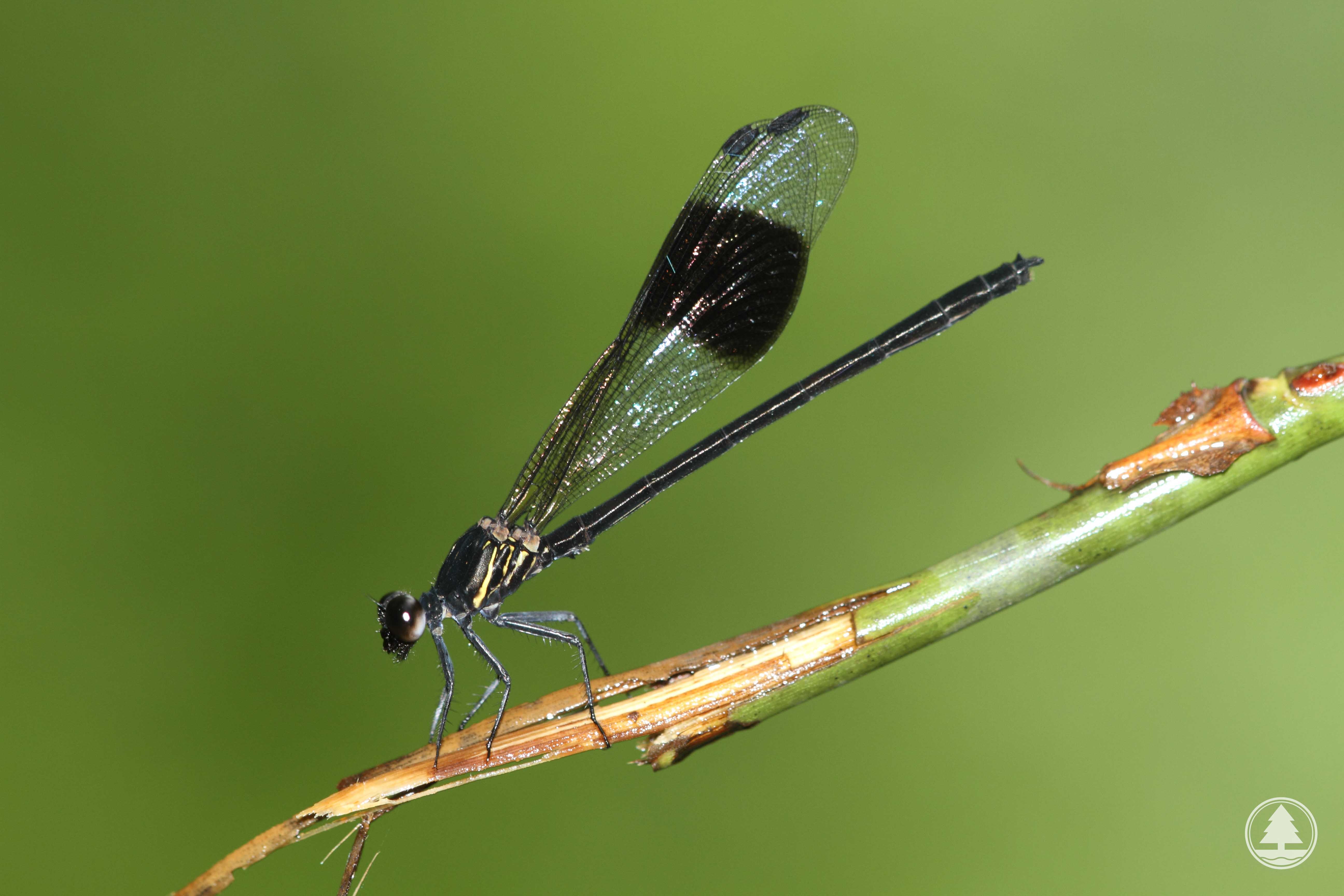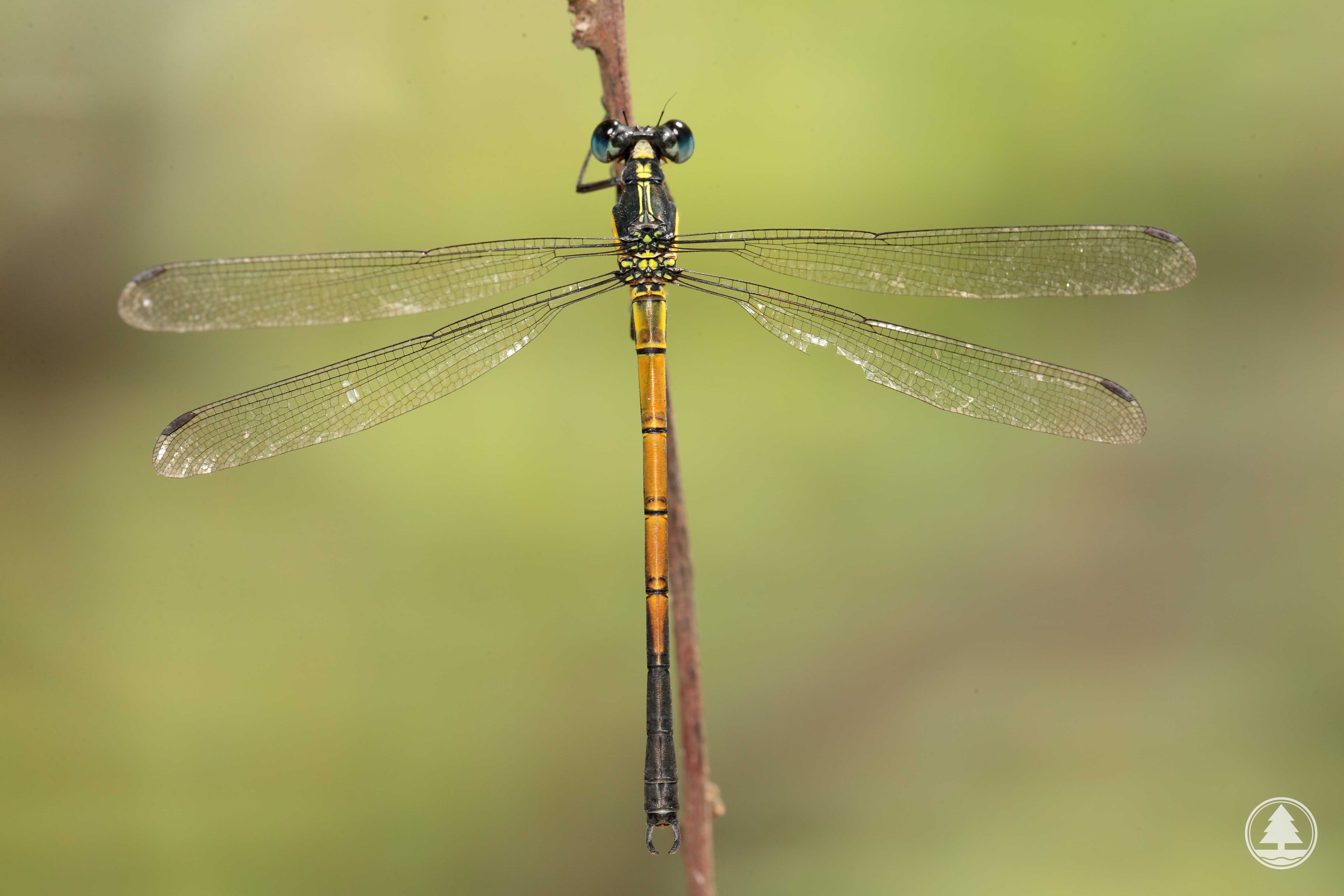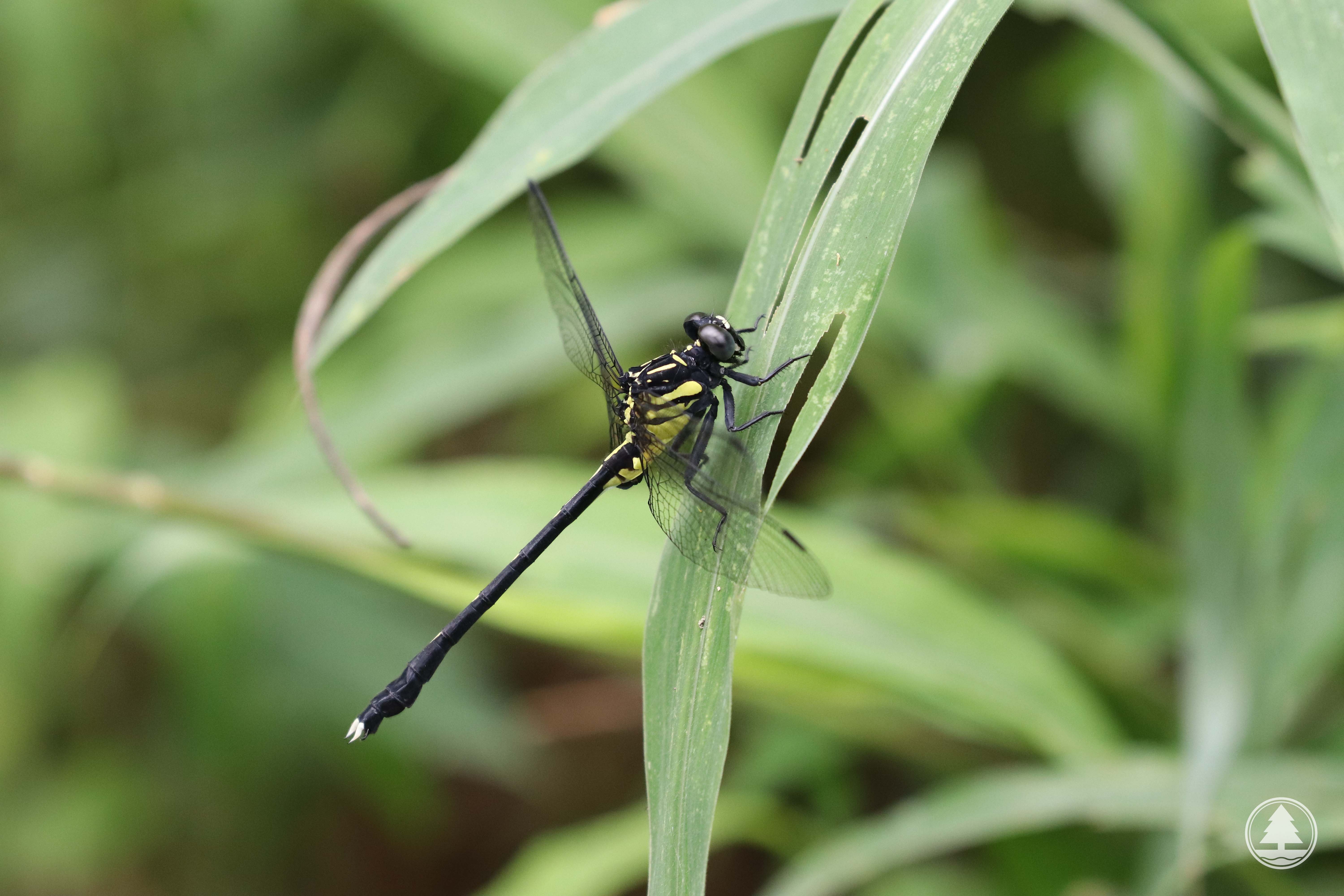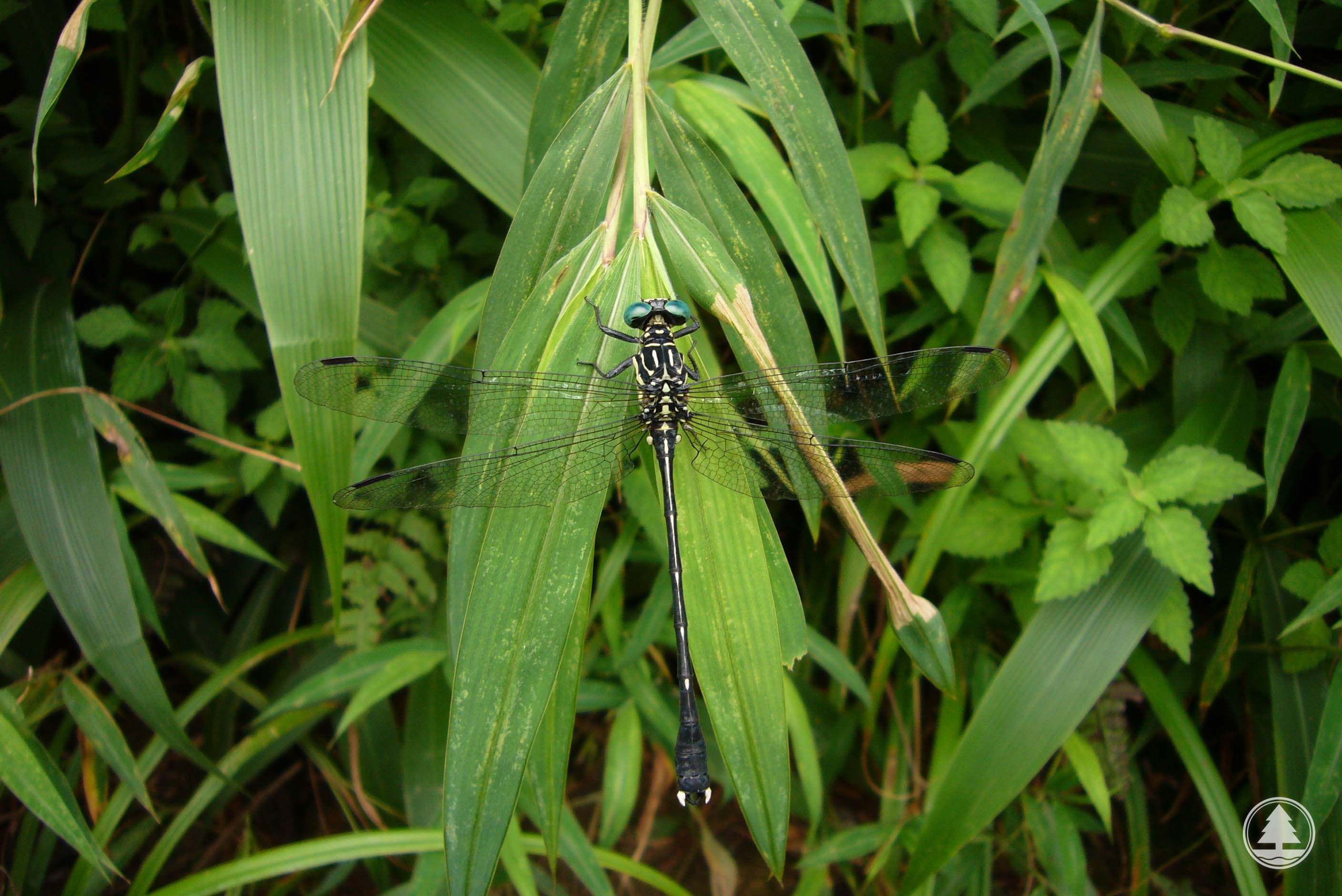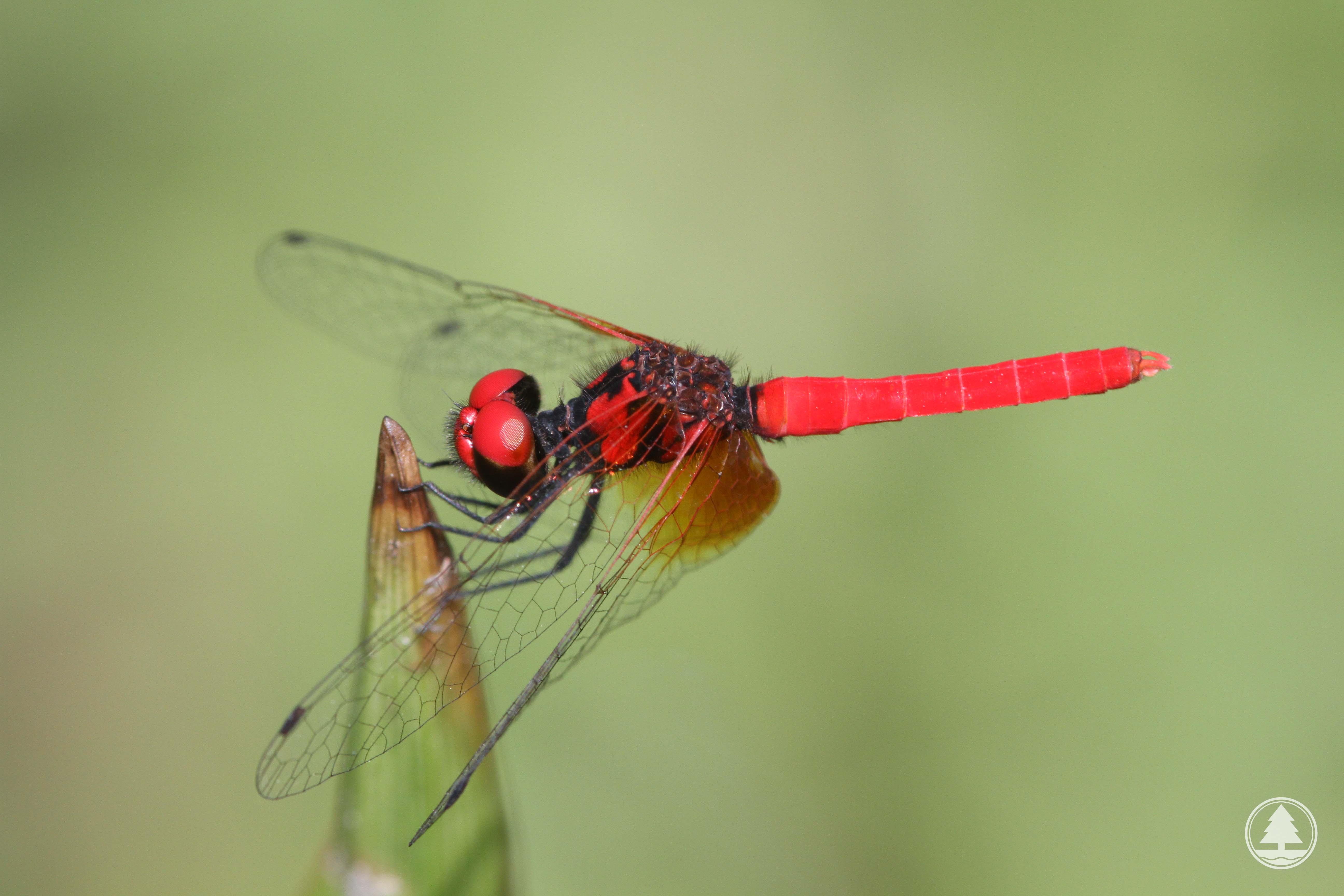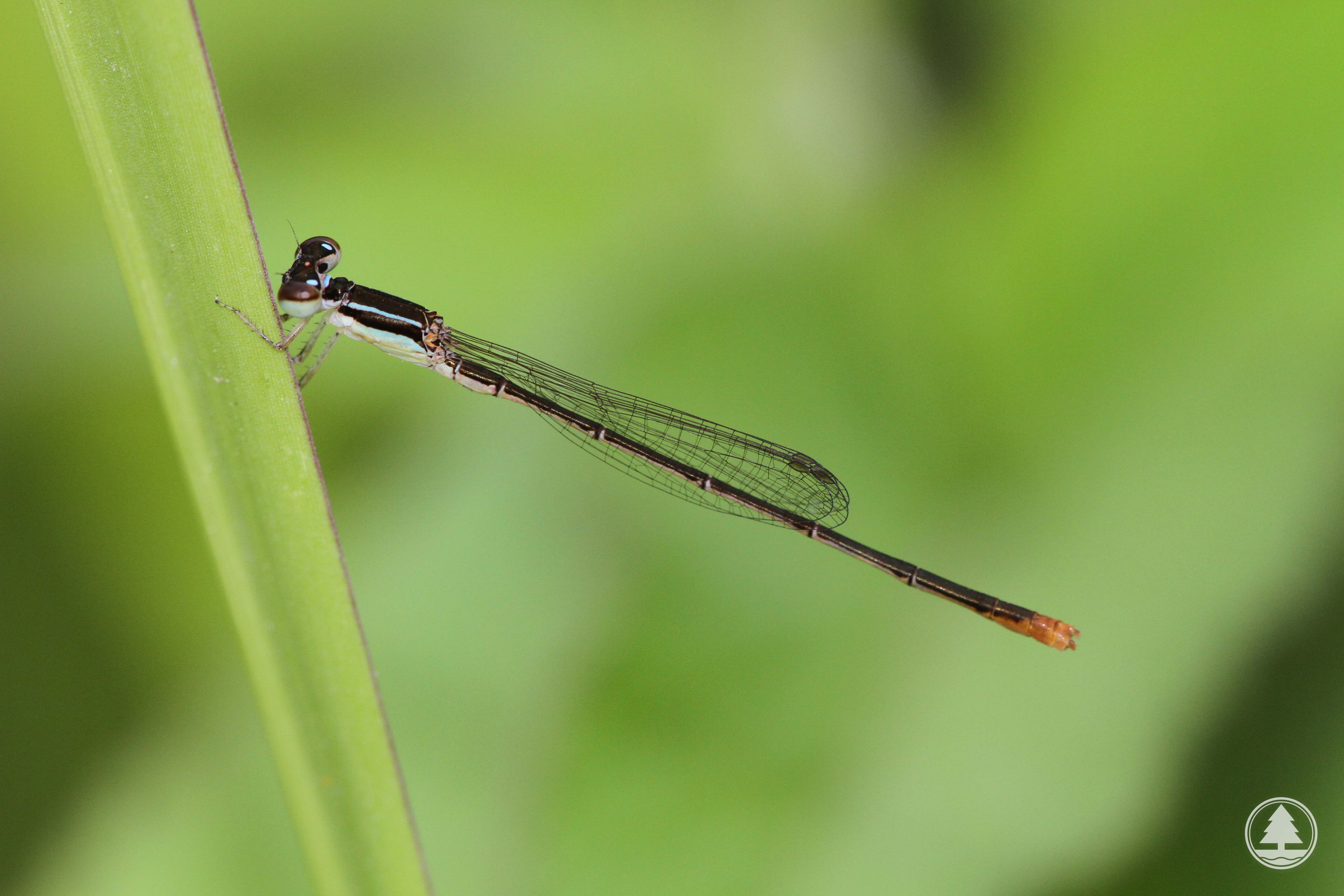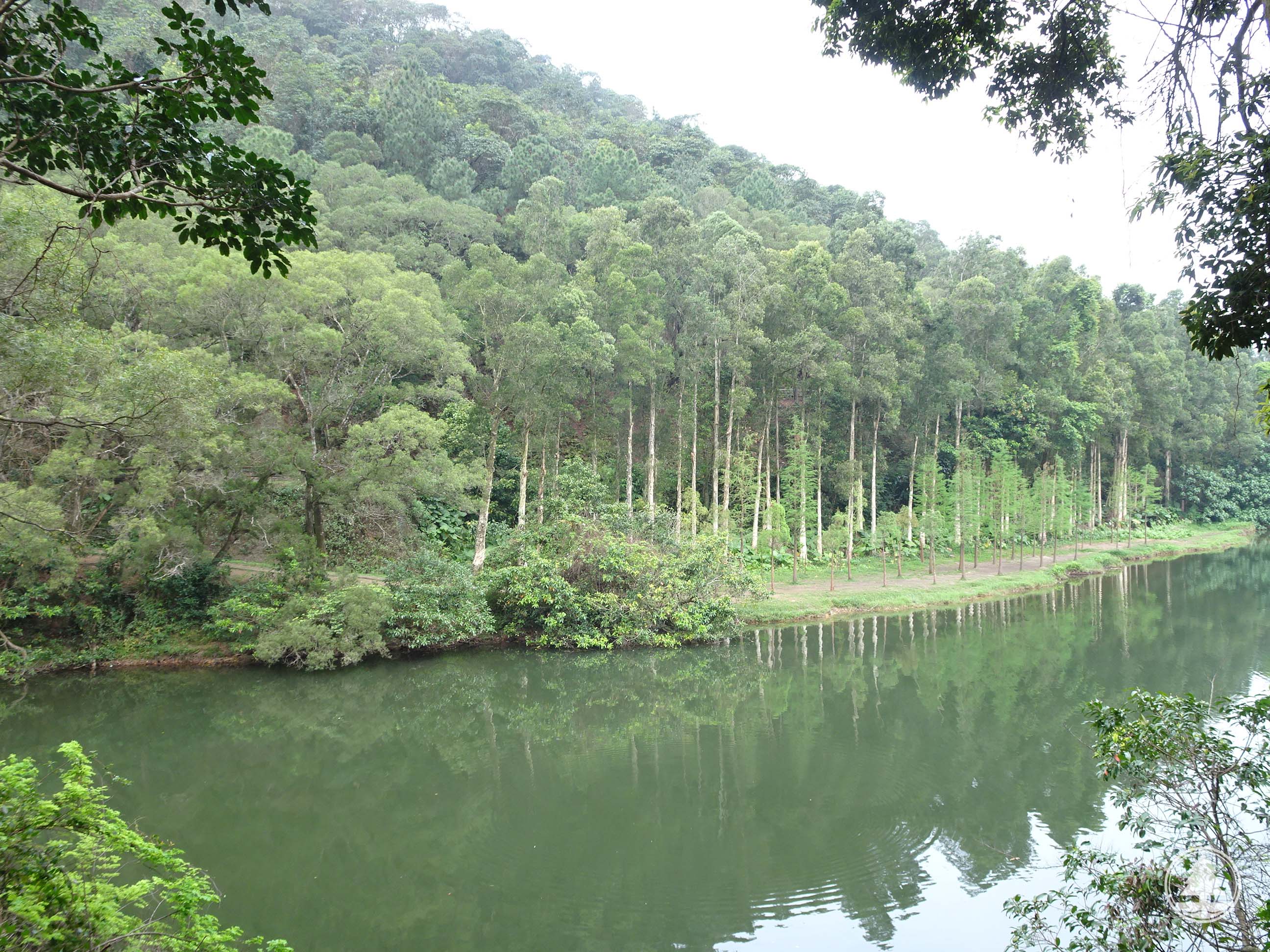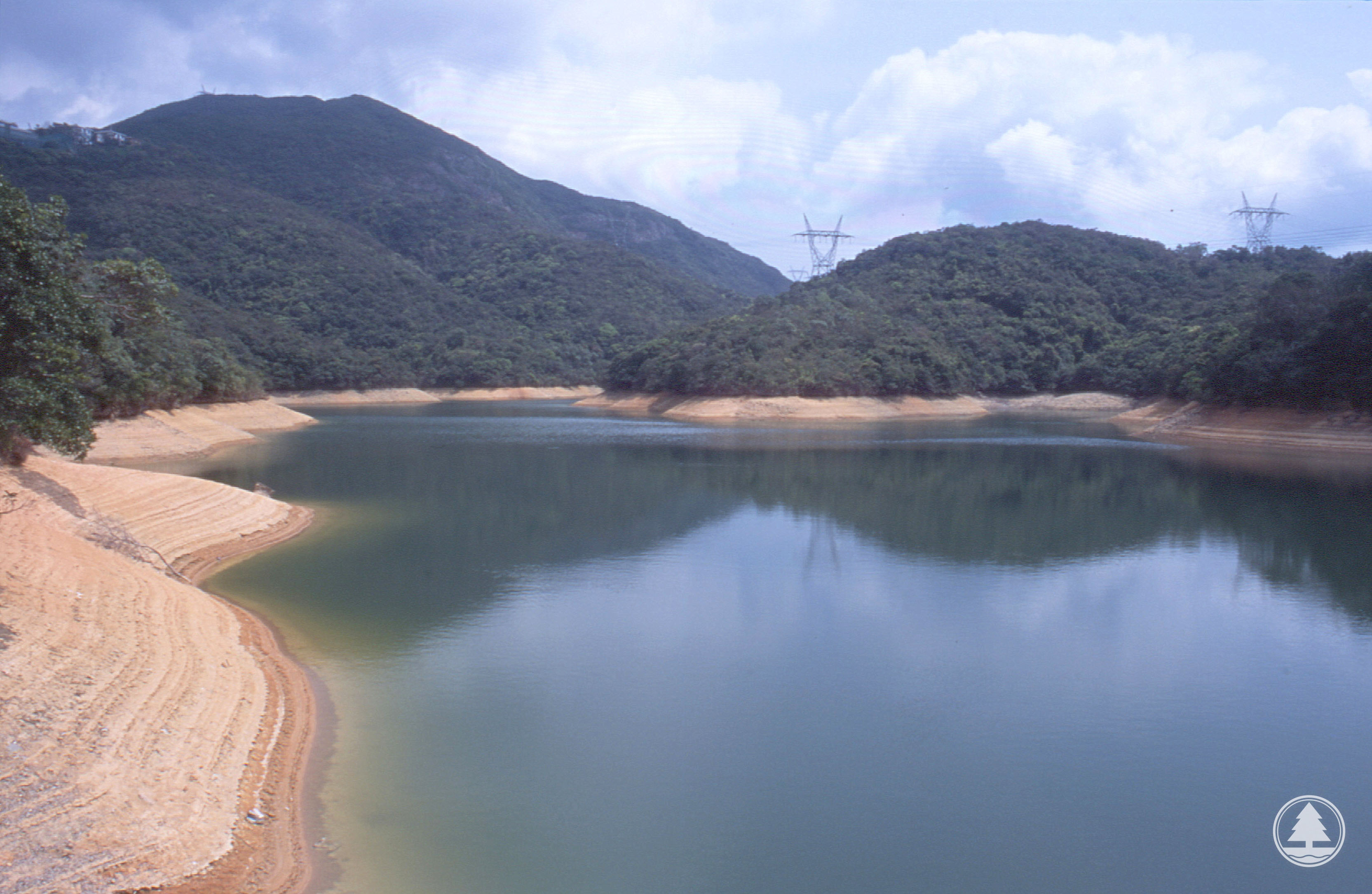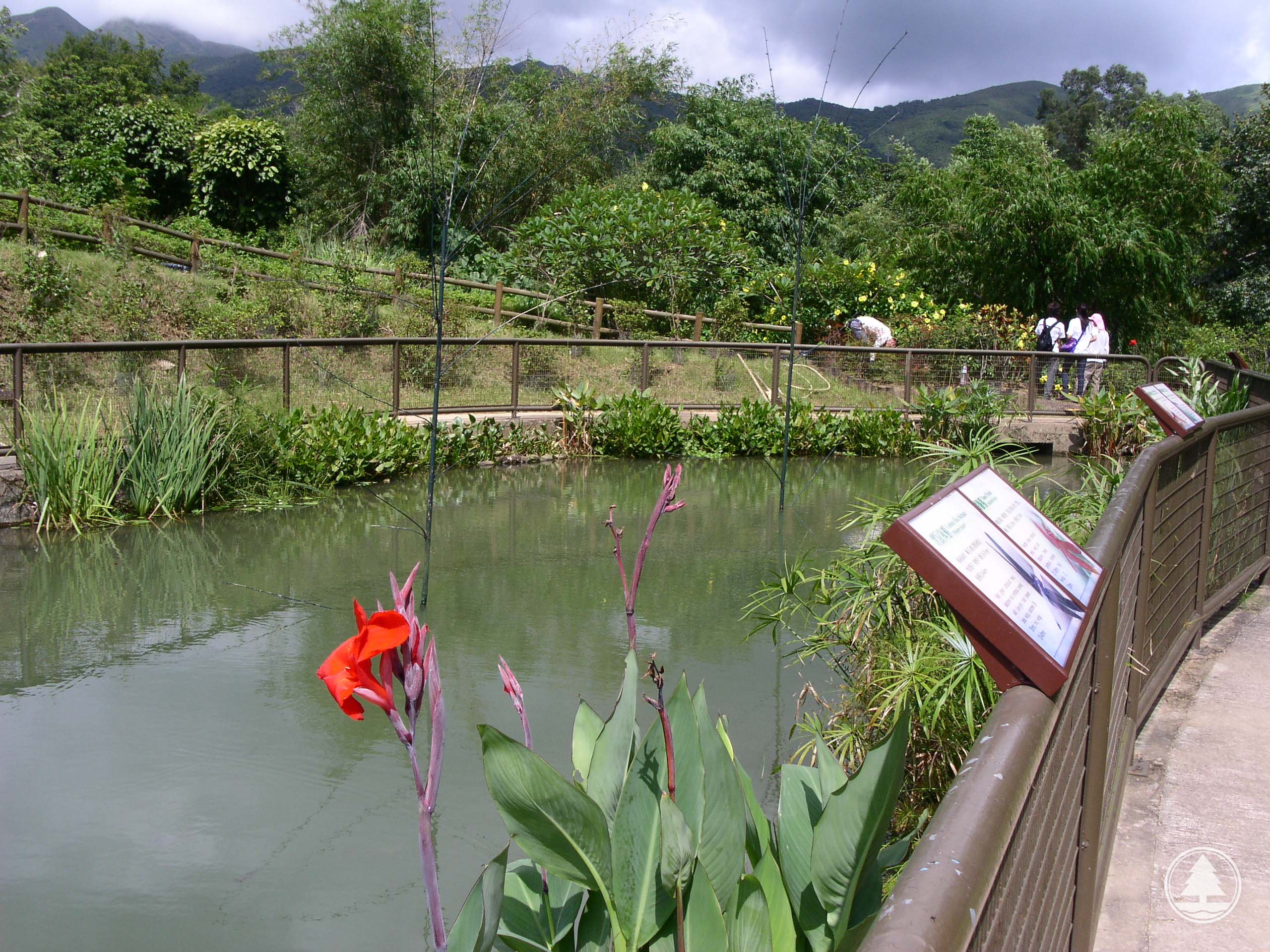Dragonflies
|
Dragonflies of Hong Kong Classification of Hong Kong Dragonflies Hong Kong Dragonfly Species of Conservation Interest Conservation of Dragonflies in Hong Kong Sites for Dragonfly Watching in Hong Kong Code and Tips for Dragonfly Watching Although known for its skyscrapers, Hong Kong is also home for a rich variety of dragonflies. Since the first local record was made in 1854, more than 130 dragonfly species, including two endemic species and more than 10 species new to science, have been recorded from Hong Kong. Studies of dragonflies in Hong Kong started in 1850s and Euphaea decorata was the first dragonfly recorded here by Baron de Selys Longchamps in 1854 (Selys 1854).
Various studies were then carried out, and Asahina (1965) made the first comprehensive documentation of Hong Kong's dragonflies with details of 55 species provided in his document. New species were continuously added to the records of dragonflies in Hong Kong by the concerted efforts of various researchers (e.g. Asahina & Dudgeon 1987, Hämälänen 1991, Lai 1971, Wilson 1995). Finally Wilson (1997) updated and compiled the records of local dragonflies, and provided an annotated checklist of 107 Hong Kong dragonfly species. The Dragonfly Working Group of Agriculture, Fisheries and Conservation Department (AFCD) has carried out intensive and territory-wide surveys on dragonflies since 2002, and together with published public records in recent years, a total of 134 dragonfly species has been recorded in Hong Kong now. The geographical information and current status of Hong Kong dragonflies, as well as their representation in protected areas in Hong Kong were also updated (Tam et al. 2011). The dragonfly species recorded now include eight families of sub-order Anisoptera (dragonflies) and nine families of sub-order Zygoptera (damselflies). Classification of Hong Kong DragonfliesClick here to download the Checklist of Dragonflies of Hong Kong. All members of the order Odonata are known as dragonflies. The Odonata order is divided into three suborders including the Anisoptera (containing more or less robust dragonflies), the Zygoptera (known as damselflies) and the Anisozygoptera. The latter suborder contains just four relict species of Epiophlebia from China, Japan and the Himalayas, which have affinities with both the Anisoptera and the Zygoptera. The majority of damselflies are much smaller and more delicately built than the Anisopteran dragonflies. However there are exceptions in the Hong Kong fauna such as Philoganga vetusta, which is a huge and robustly built damselfly of similar dimensions to a medium sized aeshnid dragonfly. Structurally, damselflies have a number of differences and are characterised by widely separated eyes, and wings narrow at base with hind wing of similar shape to the fore wing and usually held closed together at rest. Lestid, Philogangid and Rhipidolestes (within the family of Rhipidolestidae) damselflies are examples of exceptions with most species spreading their wings open at rest. Zygopteran males have a pair of both superior and inferior anal appendages, whereas Anisopterans have just one pair of superior appendages and a single male inferior appendage. All female damselflies have well developed ovipositors. The larvae possess three, or occasionally two, caudal gills unlike Anisopterans which rely on internal rectal gills.
Anisoptera in Hong Kong have eyes which are not separated, except for Chlorogomphidae, Cordulegastridae and Gomphidae in which the eyes are separated by a space less than the eyes' own diameter. The wings are usually held horizontally or depressed when at rest and the hind wing is always broader than the fore wing near the base. The male has just one inferior anal appendage. The larvae have internal tracheal gills. Hong Kong Dragonfly Species of Conservation InterestIn 1997, Wilson (1997) listed eight endemic dragonfly species. However, the status of the endemic species has been reviewed and now only two dragonfly species are regarded as endemic to Hong Kong. They are Fukienogomphus choifongae and Leptogomphus hongkongensis.
The local status of the dragonflies of Hong Kong was reviewed in 2015, and the dragonflies are classified into 6 classes, i.e. rare, uncommon, common, abundant, vagrant and historical. Habitats of these rare and uncommon dragonfly species are very diverse, including sandy and rocky streams, freshwater ponds, seasonal marshes, reservoirs, freshwater and brackish water marshes and waterfalls.
Apart from endemic and rare species, some other dragonfly species of Hong Kong are considered to be of special interest. For example, these are Nannophya pygmaea and Agriocnemis pygmaea, which are the smallest dragonfly and one of the smallest damselflies in the world respectively.
Conservation of Dragonflies in Hong KongCurrent protection status of the rare and uncommon dragonfly species of Hong Kong listed by Wilson et al. (2004) has been reviewed and the dragonflies are found to be well represented, either exclusively or partially, inside existing protected areas (Country Parks, Special Areas, Sites of Special Scientific Interest (SSSI) and Restricted Areas). Excluding those historical and vagrant records, all rare and uncommon species were well represented within the protected areas. Populations of most of the locally rare and uncommon dragonflies are thus considered to be safeguarded under the existing protection measures against development threats. Various public education programmes have been carried out to increase the awareness of dragonfly conservation in Hong Kong. Latest edition of the bilingual Field Guide - The Dragonflies of Hong Kong was published in 2011 to help members of the public familiarize with the diversity of Hong Kong dragonflies – and to help them understand more about the importance of dragonflies to the wetland ecosystem. Sites for Dragonfly Watching in Hong KongLau Shui Heung Reservoir Lau Shui Heung Reservoir is located in Pat Sin Leng Country Park, which lies in the northeastern New Territories. It is a small reservoir, lushly surrounded by tall trees. Take a walk there and you will enter a world of serenity, leaving behind the hustle and bustle of the city. The pleasant Lau Shui Heung Country Trail takes you to different wetlands, including waterside woodlands, rocky streams and freshwater marsh. There you can have a glimpse of the fascinating world of local dragonflies when these beautiful insects are on the wing in spring and summer. The dragonflies you may see in Lau Shui Heung Reservoir are Copera marginipes, Mnais mneme, Heliocypha perforata perforata, Prodasineura autumnalis, Pseudagrion rubriceps rubriceps, Ictinogomphus pertinax, Orthetrum chrysis, Pseudothemis zonata, Tramea virginia and Trithemis aurora.
Aberdeen Valley Located in Aberdeen Country Park, Aberdeen valley is one of the largest depressions on Hong Kong Island. Its hillsides are covered with rugged rocks and thick woods. Among the dense and shady trees are numerous streams that flow into the Upper and Lower Aberdeen Reservoirs, nestled in the valley. Situated near the town, this lovely area is quickly reached from the city. Walking along the well-wooded path that starts from the entrance of the Country Park, the route runs along Aberdeen Reservoir Road and Lady Clement's Ride and then goes back to the Upper Aberdeen Reservoir. Here you will pass calm pools, small and large brooks, water that seeps from the cracks of rocks, and the waterfall pouring down from the steep peak of Mount Cameron into the Upper Aberdeen Reservoir. In these diverse stream habitats, all dragonfly species thrive - and so the valley is one of the best places in Hong Kong for dragonfly watching between spring and summer. Dragonflies you may see in Aberdeen Valley include Agriomorpha fusca, Calicnemia sinensis, Coeliccia cyanomelas, Copera marginipes, Euphaea decorata, Prodasineura autumnalis, Protosticta taipokauensis, Pseudagrion rubriceps rubriceps, Anax guttatus, Anax julius, Ictinogomphus pertinax, Orthetrum glaucum, Orthetrum pruinosum neglectum. Orthetrum triangulare triangulare, Pantala flavescens, Pseudothemis zonata, Tramea virginia, Trithemis aurora, Trithemis festiva and Zygonyx iris insignis.
Dragonfly Pond of the Lions Nature Education Centre Located at an eco-tourism attraction in Sai Kung, the dragonfly pond at the Lions Nature Education Centre is the first Hong Kong water habitat made specifically for dragonflies. The pond has been designed to encourage the development of a diverse community of aquatic plants, with many emergent reeds, irises, sedges and lilies and a variety of submerged pondweeds. With time, as the plants mature, the pond is expected to support about a quarter of the dragonfly species found in Hong Kong. A visit to this pond will be a good start for beginner dragonfly watchers. The dragonflies you may see there are Anax guttatus, Anax julius, Neurothemis fulvia, Orthetrum chrysis, Orthetrum glaucum, Orthetrum luzonicum, Orthetrum pruinosum neglectum, Orthetrum sabina sabina, Pantala flavescens, Pseudothemis zonata, Tramea virginia, Trithemis aurora and Trithemis festiva.
Code and Tips for Dragonfly Watching
ReferencesAsahina, S. (1965). The Odonata of Hong Kong. Kontyû, 33: 493-506. Asahina, S. and Dudgeon, D. (1987). A new platystictid damselfly from Hong Kong. Tombo, 30: 2-6. Hämälänen, M. (1991). Idionyx victor spec. nov. (Anisoptera: Corduliidae) and some other Odonata from Hongkong. Odonatologica, 20: 343-347. Selys, Longchamps, Edm. De. (1854). Monographic des Caloptèrygines. Mèm. Soc. Sci Liège, 9: 291. Tam, T.W., Leung, K.K., Kwan, B.S.P., Wu, K.K.Y., Tang, S.S.H., So, I.W.Y., Cheng, J.C.Y., Yuen, E.F.M., Tsang, Y.M., and Hui, W.L. (2011). The Hong Kong Dragonflies. Hong Kong: Agriculture, Fisheries and Conservation Department, Friends of Country Park and Cosmos Books Ltd. Wilson, K.D.P. (1995). Hong Kong Dragonflies. Hong Kong: Urban Council of Hong Kong. Wilson, K.D.P. (1997). An annotated checklist of the Hong Kong Dragonflies with recommendations for their conservation. Memoirs of the Hong Kong Natural History Society, 21: 1-68. Wilson, K.D.P., Tam, T.W., Kwan, B.S.P., Wu, K.K.Y., Wong, B.S.F. and Wong, J.K. (2004). Field Guide to the Dragonflies of Hong Kong (2nd Edition). Hong Kong: Agriculture, Fisheries and Conservation Department, Friends of Country Park and Cosmos Books Ltd. Zhao, X.F. (1990). The Gomphid Dragonflies of China (Odonata: Gomphidae). Fuzhou, Fujian: The Science and Technology Publishing House. (Chinese only) |
